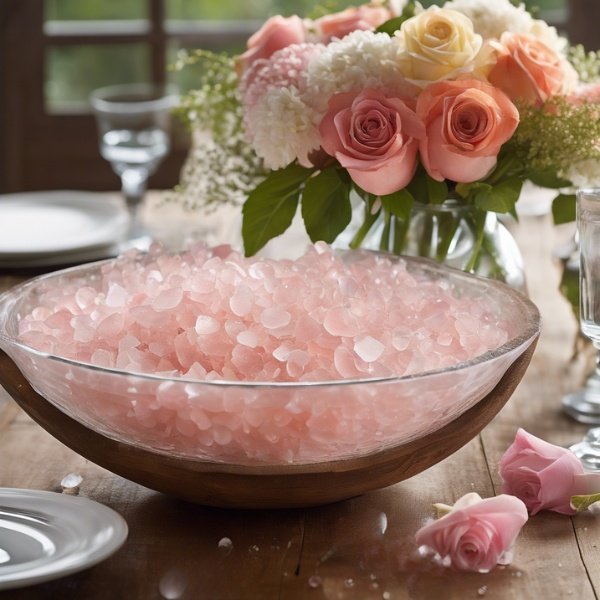
The Many Benefits of Himalayan Salt for Scalp, Hair, and Skin
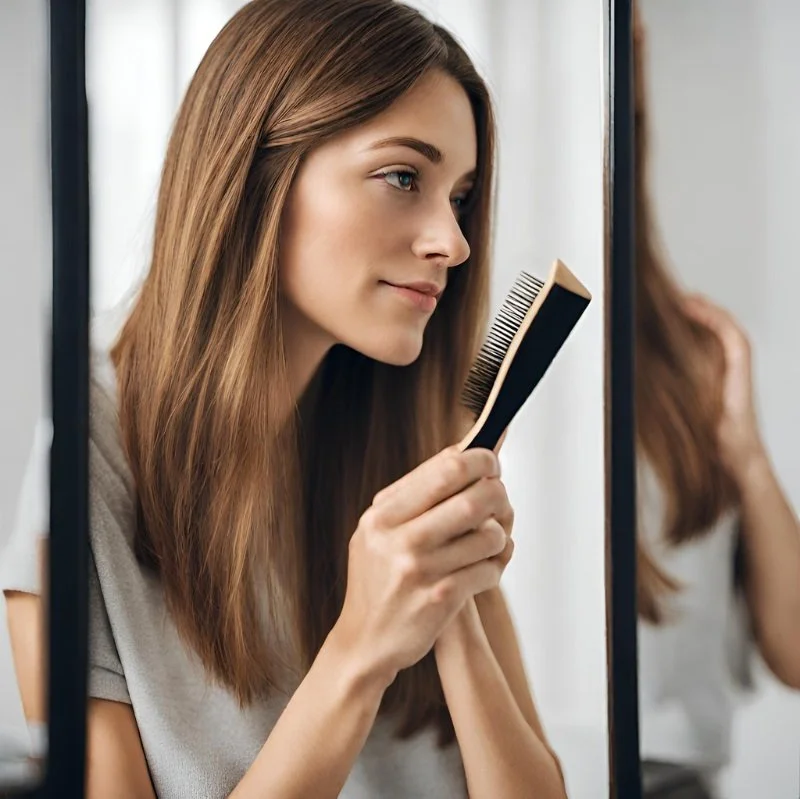
What You Should Know About Hair Shedding
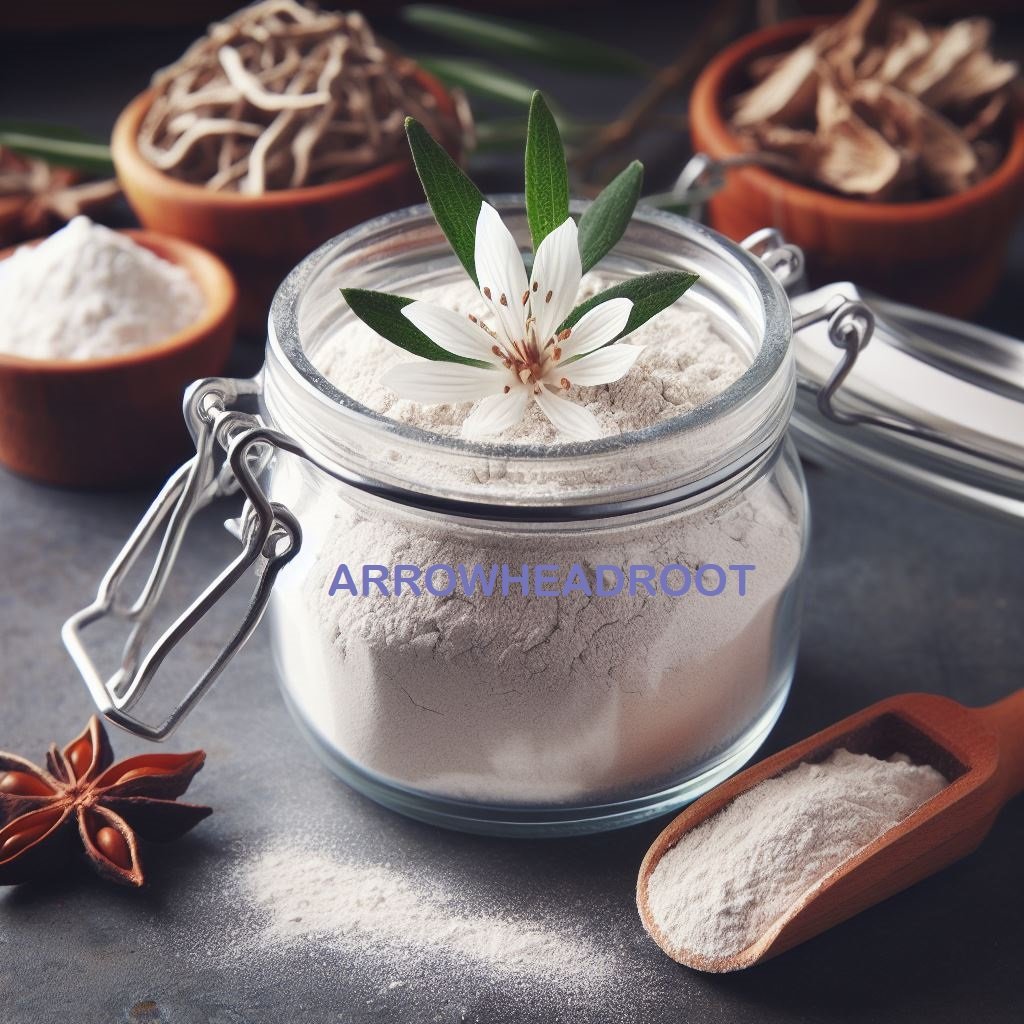
3 Advantages of Arrowroot Powder for Healthy Beauty
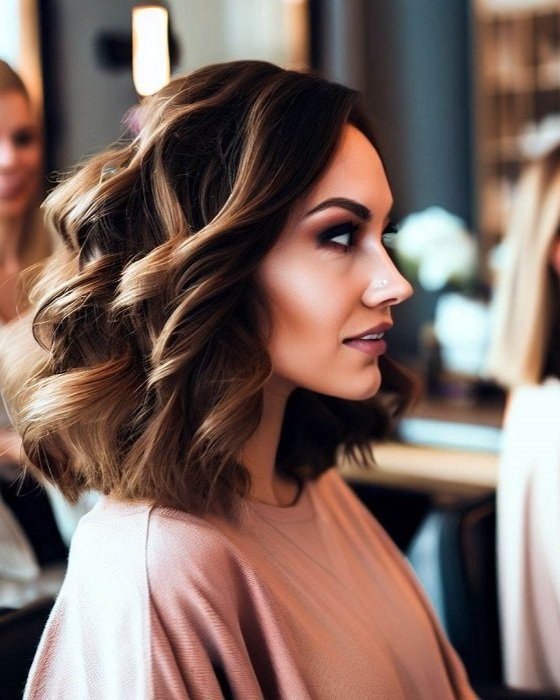
How to: Get Stronger Hair Naturally
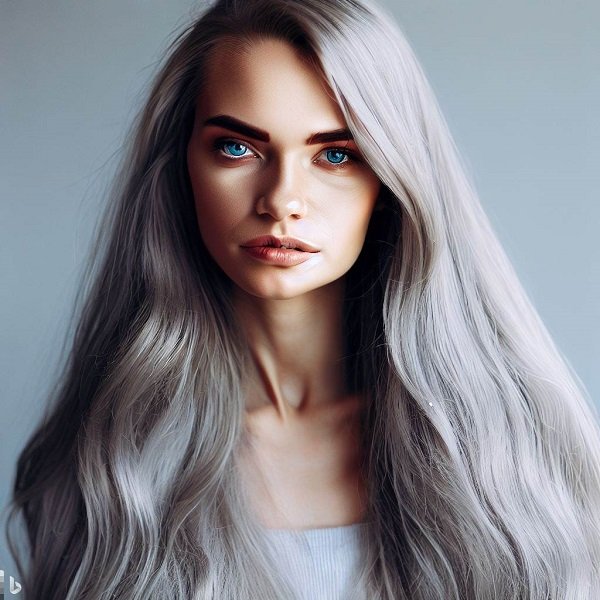
Keeping Gray Hair Shiny-Soft and Healthy
Keeping Gray Hair Shiny-Soft and Healthy
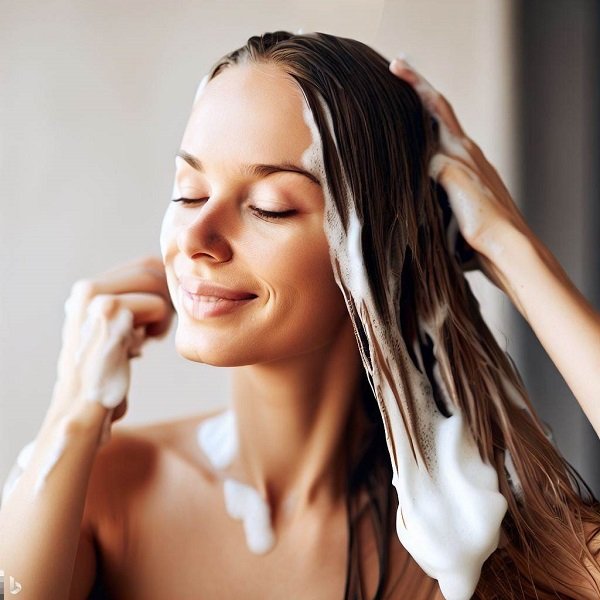
Shampoo Facts - Cons & Pros
Shampoo Facts - Cons & Pros
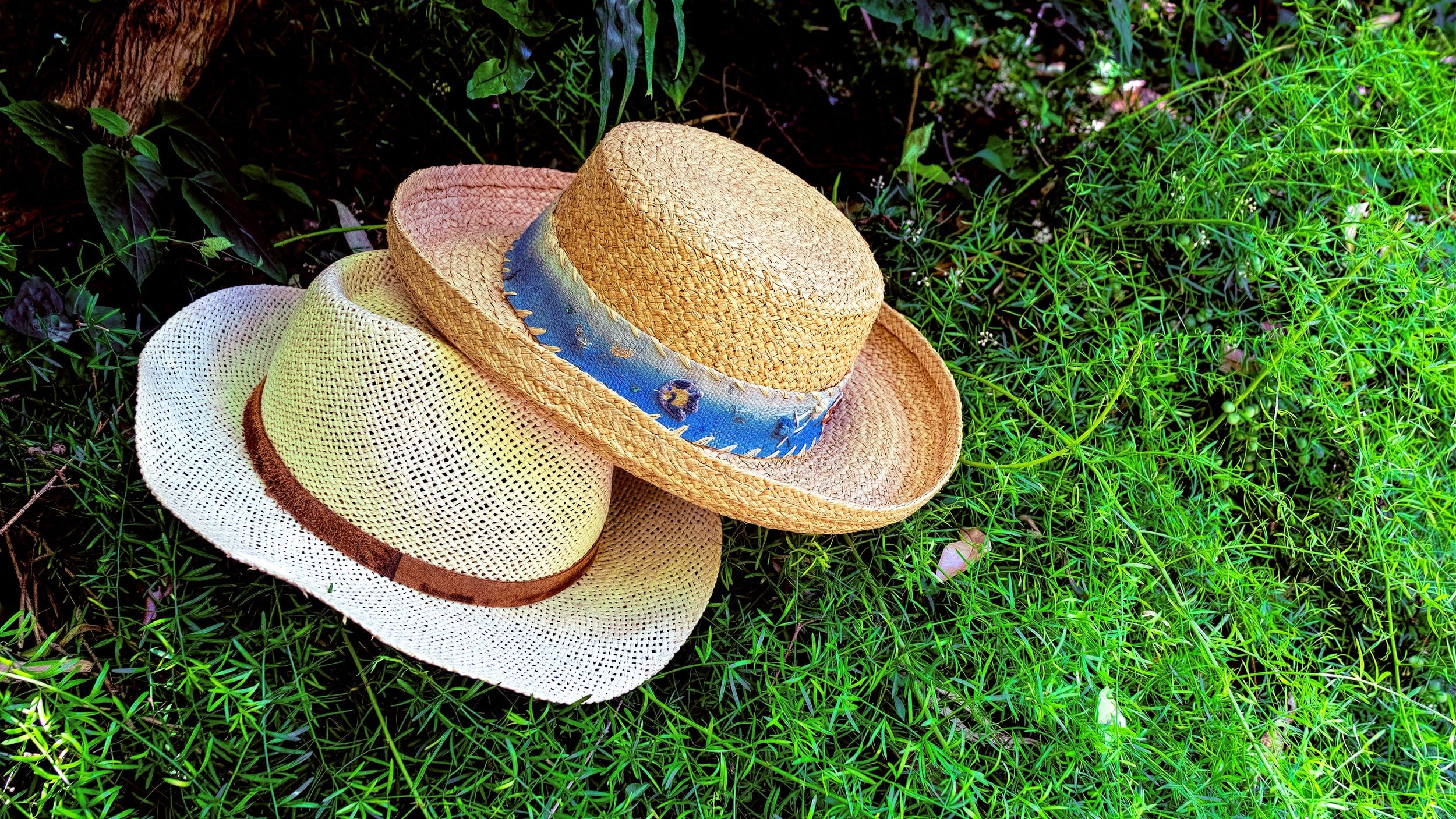
Do Hats Cause Hair Loss
Your Hair and Hats
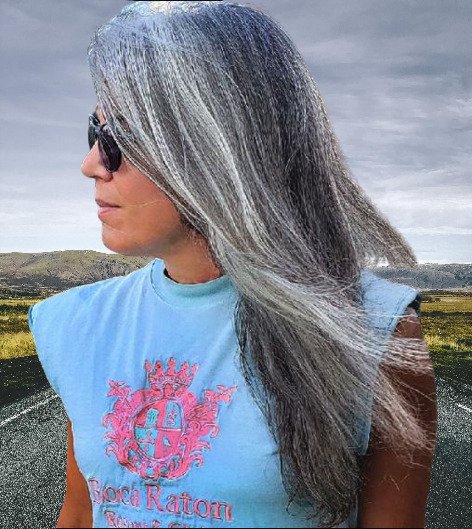
Free Easy Steps for Healthy Hair
Get Healthy Hair
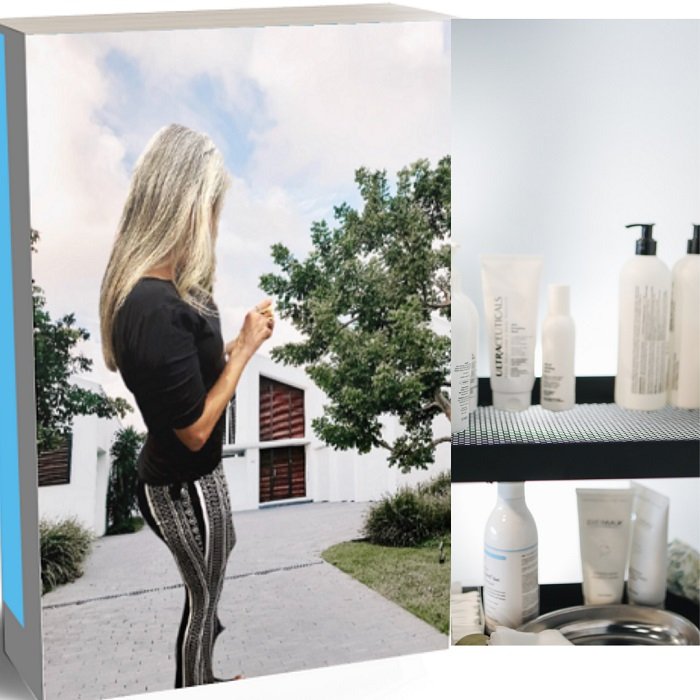
Natural Hair Dye Alternatives - Are They Worth It?
Natural Hair Care




